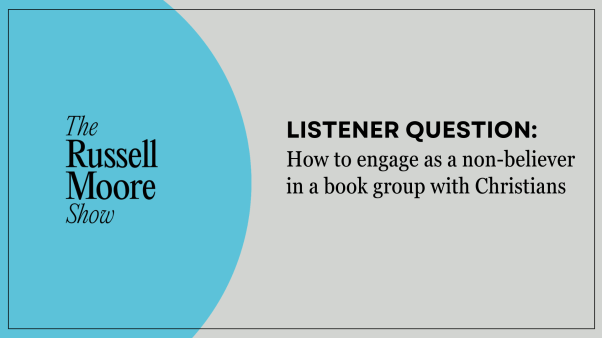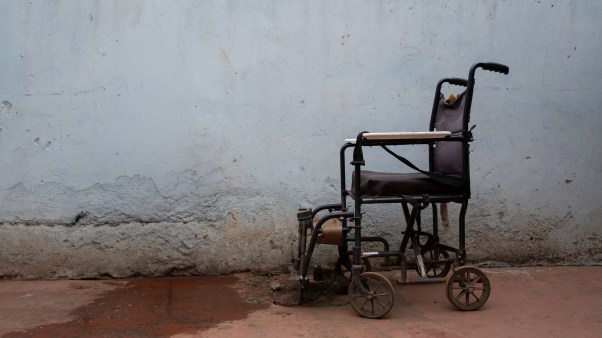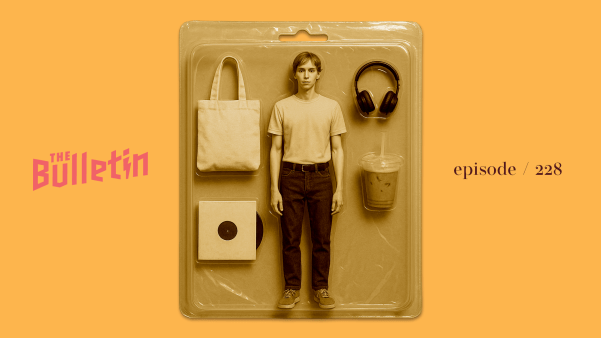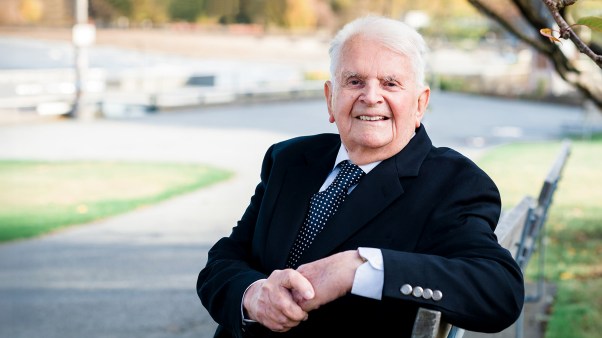John Stuart Mill first coined the word dystopia in a speech to Parliament in the 1880s. But it would only come to be a unique literary genre in the 20th century—a largely pessimistic version of the future, as if Dante had written the Inferno and stopped.
How to Survive the Apocalypse: Zombies, Cylons, Faith, and Politics at the End of the World
Wm. B. Eerdmans
206 pages
$17.03
Works like George Orwell’s 1984, H. G. Wells’s War of the Worlds, Aldous Huxley’s Brave New World, and Anthony Burgess’s A Clockwork Orange all express a profound sense of discomfort with narratives of hope—whether religious, Enlightenment, or otherwise secular. There’s good evidence that this was reflected in the films of the mid–20th century—particularly intriguing (though usually overstated) is the presence of alien-invasion narratives as Cold War anxieties increased.
And that brings us to today’s apocalyptic stories. They rarely refer to God, or gods, or shared beliefs—except as a way to tell a better story, without the weighty religious meaning they once held.
In apocalypse, the suffering and pain we encounter in this life finally gains meaning.
The promise of traditional tales of apocalypse, writes Elizabeth Rosen in Apocalyptic Transformation, “is unequivocal: God has a plan, the disruption is part of it, and in the end all will be made right. Thus is suffering made meaningful and hope restored to those who are traumatized or bewildered by historic events.” Apocalypse isn’t unmitigated catastrophe—not exactly. You could even call it optimistic.
In apocalypse, the suffering and pain we encounter in this life finally gains meaning. How many of us, in fact, yearn for apocalypse—for Revelation—to make the deep pain and difficulties of our lives meaningful and finished?
Traditional Christian liturgy even regularly calls forth apocalypse: Come, Lord Jesus, it pleads. Come quickly. Nowhere is this more marked than in funeral and burial liturgies, where faiths of all kinds taste the promise that the seemingly senseless tragedy of death is not the end. Revelation, that apocalypse, awaits.
It’s Not All Bad
But we tend to think of apocalypse not as comfort or as consummation, but as senseless brutality and punishing anger. Rosen explains,
Where the underlying message of the original narrative was optimistic, anticipating God’s intervening hand to make things right, the altered version has more in common with the jeremiad, a lamentation over the degeneracy of the world, and when God intervenes in this newer version of the story, it is not to restore order to a disordered world and reward the faithful, but rather to express a literally all-consuming, punishing anger.
She calls this the neo-apocalyptic. This sort of literature, she argues, is fundamentally pessimistic; “it functions largely as cautionary tale, positing means of extinction and predicting the gloomy probabilities of such ends. If these tales exhibit judgment, it is of the sort that assumes that no one deserves saving and that everyone should be punished.”
Like apocalypse, tales of neo-apocalypse involve the collapse of the social order, punishing human sin and error. Like apocalypse, neo-apocalypse is pessimistic about humanity’s capacity to rehabilitate itself.
But unlike apocalypse, neo-apocalypse doesn’t restrain that pessimism. There’s no Deus ex machina, no hope for the renovation of humankind: “This degeneracy is so complete that the Ending can only be so, too. There is nothing beyond this Ending, no hope of a New Heaven on Earth, precisely because there is nothing worth saving,” writes Rosen.
This strain of literature is what inspired Frank Kermode’s The Sense of an Ending, a still pivotal study in the field of literary criticism. “Deconstructors,” he says, “write no gospels.”
In a 2009 article in New York Magazine, Hugo Lindgren called neo-apocalyptic literature “pessimism porn,” a “soft spot for hard times.” So while apocalypse is old, this neo-apocalypse is something new and fascinating, with its twin characteristics: it is anthropocentrically pessimistic (and lacking any hope of restoration), and it is largely out of sync with our actual, as-yet-not-obliterated reality. Walter M. Miller Jr.’s A Canticle for Leibowitz, published in 1960, which imagines human history as simply a cycle of repeated self-annihilation by the discovery of atomic power, can be forgiven for forecasting nuclear holocaust because of the era in which it was published. But somehow that didn’t happen. Statistically speaking, the world is actually safer today than it has ever been before.
Neo-apocalyptic pessimism about the future is the ultimate act of deconstruction. But while it deconstructs our ways of understanding the world, it creates its own grand narrative.
Yet we’re still fixated, predicting total collapse—which may speak to the romance of disruption, as Mary Manjikian puts it in Apocalypse and Post-Politics: The Romance of the End. Seeking entertainment in the apocalypse is a luxury for wealthy, developed societies that don’t have to encounter the consequences of systemic collapse and root violence on a daily basis. Max Brooks, the author of the bestselling World War Z (which inspired a 2013 film of the same name), explores something comparable: in his story, even at the height of the zombie apocalypse, a “reality television show” airs featuring the reactions of wealthy and secure subjects witnessing their fellow citizens struggling to survive the onslaught. (And don’t forget the wealthy Capitol citizens, glued to the TV for spectacle and enjoyment during the days leading up to the Hunger Games.)
Here’s the paradoxical irony: neo-apocalyptic pessimism about the future, a consummately postmodern form, is the ultimate act of deconstruction. But while it deconstructs our ways of understanding the world, it creates its own grand narrative. Not just a grand narrative: maybe the grand narrative, one that judges everyone as miserable wretches unworthy of salvation. Rosen writes in her epilogue that “in the very act of deconstructing apocalypse, postmodern artists are being constructive.”
Grand narratives (or metanarratives) are the big stories that validate and give meaning to life events—they tell us what to care about, where we came from, where we’re headed, and why. The social theorist Jean-François Lyotard famously said that a defining feature of postmodernism is “incredulity toward metanarratives”; in other words, postmodern people tend to view with suspicion any big story that tells them what we’re doing here on earth and that makes claims upon their individual choices. And while something like Christianity is itself a metanarrative, there’s also a very real sense in which all metanarratives—political ideologies, economic systems, philosophies—take on a religious significance for those who believe in them.
In some sense, one might say that metanarratives are inherently religious: they tell us what is ultimately important in life.
All Apocalypses Are Religious (Even the Secular Ones)
So that brings up an important question: Can a “secular apocalypse” really exist? That is, if today’s neo-apocalyptic deconstruction is also a grand narrative, one that tells us that the meaning of everything is that everything is meaningless and we’re all gonna die, then—taking that broader definition of religion—isn’t this also a deeply religious (or at least contentiously metaphysical) anthropology?
Today’s “secular” apocalypse is just as religious as any ancient, medieval, or even early modern incarnation.
Of course it is. Today’s “secular” apocalypse is just as religious as any ancient, medieval, or even early modern incarnation. At this point we could straightforwardly show how religious imagery keeps getting smuggled into so-called neo-apocalyptic culture. But we not only want to show the religious character of these pathologies of our neo-apocalyptic worlds; we also want to explore how they crop up in our particularly “secular age”—and to show why, as the theologian and ethicist Oliver O’Donovan has so expressively put it, our modern moral order cannot survive such “metaphysical scalping.”
In our book How to Survive the Apocalypse, we break with Rosen and others: what they call neo-apocalypse, we call dystopia, or dystopian apocalypse. That’s because we’re exploring not only actual apocalyptic worlds (like Battlestar Galactica) but also postapocalyptic ones (like The Hunger Games), and even dystopian dramas that lack actual material catastrophe (Her or Breaking Bad), but follow the contours of their cousins.
So some of the artifacts of popular culture we explore as apocalyptic or dystopian aren’t about the “end of the world,” exactly. They’re more about the end of our world. They’re stories that have the distinct sense embedded in them that this social order can’t last—that we are, in fact, near the end of something. What holds them together is that they manifest in some way the pathological forms of the “malaise of modernity,” which is the cultural catalyst, at root, of Alasdair MacIntyre’s famously dour ethical prognostication from After Virtue.
Sometimes it looks like things blowing up—a material apocalypse. Sometimes it is an impending political ruin or seismic cultural shift (like House of Cards or Mad Men). Sometimes it is an emotional and existential collapse. But taken together, we get a frightening picture of what we, as a culture, think looms on the horizon: a destruction of our own making, with no hope for renewal.
But it need not be so. And interestingly enough, our pop culture helps show us why.
Excerpt adapted from How to Survive the Apocalypse: Zombies, Cylons, Faith, and Politics at the End of the World, by Robert Joustra and Alissa Wilkinson (Wm. B. Eerdmans, May 9). Reprinted by permission of the publisher; all rights reserved.










